DIY Roof Maintenance Tips
5 Do-It-Yourself Roof Maintenance Tips for New Homeowners:
Excited and slightly nervous about one of the biggest purchases you will ever make? Your new home is a reflection of all your hard work and in order to protect it regular maintenance is required. In addition to checking appliances, floors, ventilation, and pipes, your roof is also a necessary item to have on the checklist. Do not neglect your home’s roof because it will end up costing you more down the line. Instead, read these tips and empower yourself to add these tasks to your total home maintenance schedule.
We have listed 5 do-it-yourself roof maintenance tips for new homeowners to incorporate into their maintenance plans. It is recommended to write down these tips and set calendar reminders so it becomes automatic and takes less conscious effort to remember these vital tasks.
Clear Loose Debris. When you notice loose tree branches, leaves, and debris accumulating on the roof it is time to clear them away. Be ready to also cut down branches and trim back foliage that is extending into your home’s roof. Trees and debris can gouge and scratch roofing materials, puncture shingles, and clog gutter systems. Choose a dry and sunny day to access your roof and do away with the clutter.
Remove Moss and Mold Growths. Damp and humid weather along with poor circulation due to shade can cause moss and mold growths. This can be detected when discoloration or black streaks are visible on your roof. Fortunately there are roof moss protectors like zinc strips to prevent this from happening. There are also roof spray moss removers and cleaners that can be applied by homeowners. Be sure to read the cleaner’s instructions on how long to wait for the solution and be gentle when brushing and wiping away the growth. Resist the urge to power wash and do not use a hard-bristled brush. A soft bristled broom or brush will remove the moss while keeping your shingles and the UV protection granules intact.
Install Gutter Screens or Covers. The installation of gutter screens or covers can drastically cut down the amount of time you spend cleaning them out yearly. It is necessary to remove debris from gutters and downspouts and checking them for missing caulk, soffit and fascia cracks and holes, rotting gutter sections, and peeling paint. These damages can be repaired by re-caulking and re-painting as needed.
Check Chimneys, Skylights, and Vent Openings. These areas of the roof system are known as common fault points and should be a part of your initial inspection. Vent outlets and skylights should be cleaned and examined for cracks or damages. Once the fireplace is closed off, clean creosote from the chimney and look for broken bricks or mortar.
Inspect Interior and Exterior Roof. Biannually schedule time to inspect your roof’s exterior and interior walls and ceilings for water stains especially in the attic. Loose or damaged shingles can be a sign you have mold or moss as well as missing nails, roof bolts, and flashing. This can be a simple hardware replacement but can also signal the end of your roof’s life. Find out the age of the roof and call a professional especially when there is noticeable peeling, curling, and lifting.
Remember to take safety precautions when performing all of these DIY roof maintenance tasks. For instance wearing a roof safety harness, getting a helping hand, and using a sturdy ladder can help to prevent falls. In addition, try to limit the amount of times you go up on the roof due to added body weight and probability of accidents. We recommend using binoculars from the ground level to spot damages quickly before making the decision to fix it yourself or contact a professional.
Prevention methods and early detection will keep your roof in the best condition so it can continue to serve as the ultimate barrier between bad weather and your family.
You may also like: When To Call A Roofing Contractor
The post DIY Roof Maintenance Tips appeared first on Texas Certified Roofing.
Source: Texas Certified



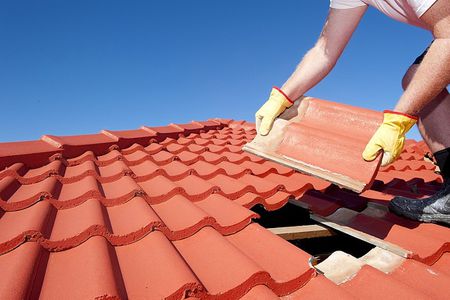

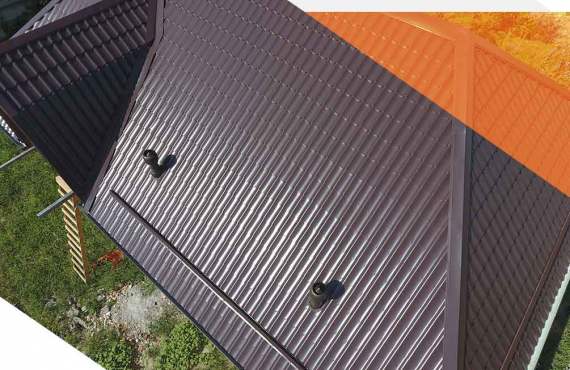
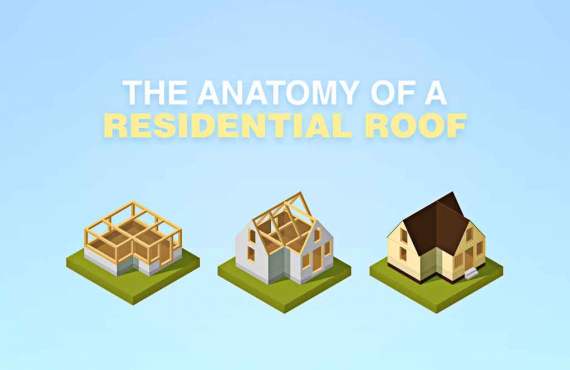
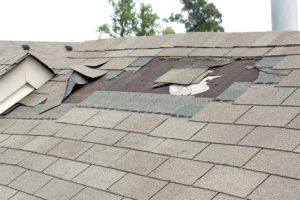

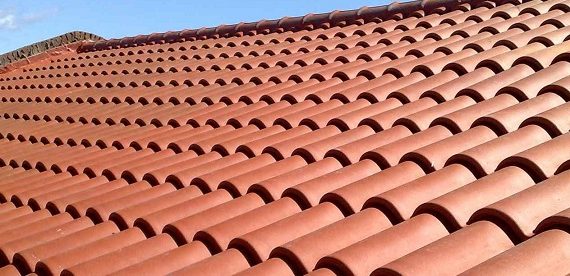




No comments yet.